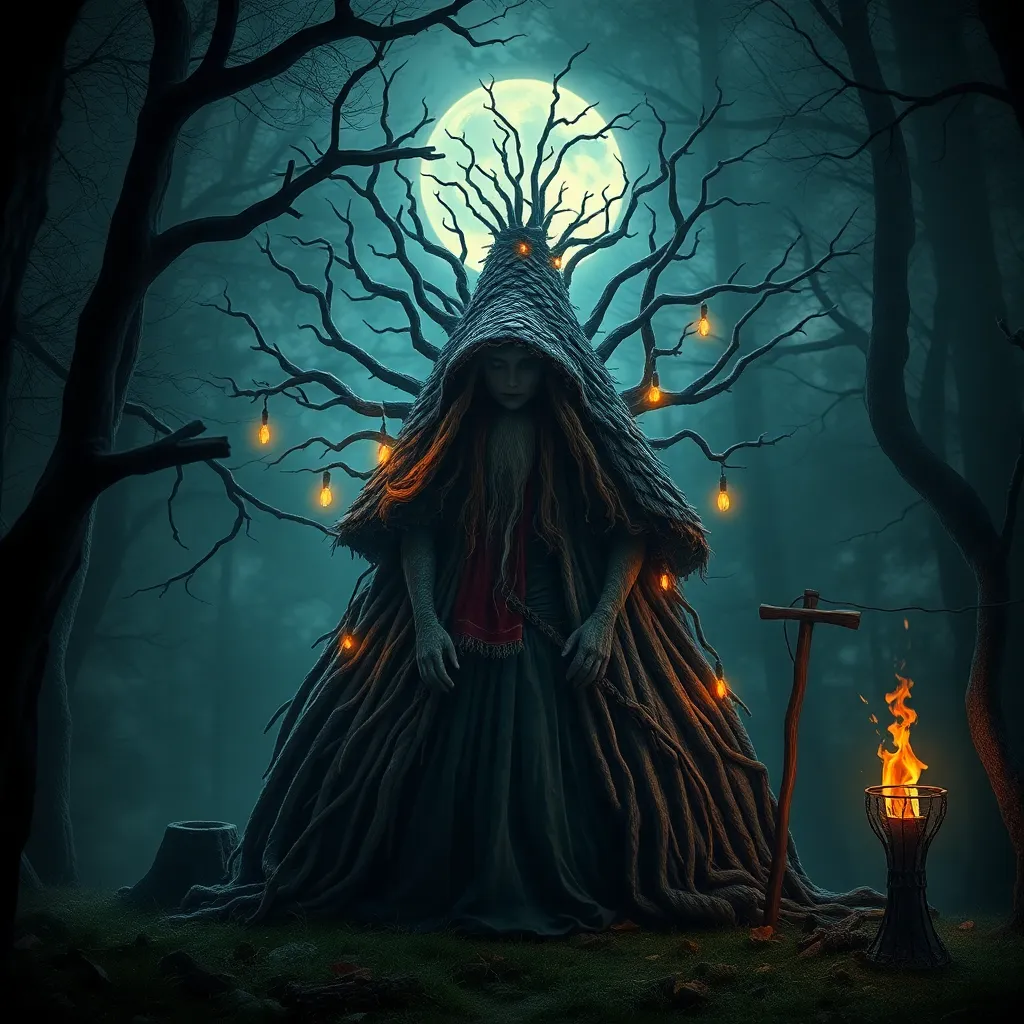The Symbolism of Mountains in Slavic Mythology
I. Introduction
Mountains have held a profound significance in the mythology of many cultures, and Slavic mythology is no exception. In Slavic folklore, mountains are often depicted as sacred and awe-inspiring places, imbued with mythological significance and symbolism. They are seen as living entities, embodying the forces of nature and the spiritual realm.
II. The Sacred Landscape
In Slavic mythology, mountains are believed to be part of a sacred landscape, where the earthly and spiritual realms intersect. They are often associated with the World Tree, a central axis mundi that connects the heavens, the earth, and the underworld. Mountains are seen as the points where the World Tree touches the earth, making them gateways between the different realms.
III. Mountains as Pillars of the World
In some Slavic myths, mountains are depicted as pillars that support the weight of the sky. They are believed to hold up the heavens, preventing them from collapsing onto the earth. This symbolism reflects the role of mountains as guardians of the cosmos, ensuring the stability and balance of the world.
IV. Mountains as Thresholds to the Otherworld
Mountains are also seen as thresholds to the otherworld, where spirits and supernatural beings reside. In Slavic folklore, mountains are often associated with the realm of the dead. They are said to be the homes of ancestors and other spirits, who can be encountered by those who venture into the mountains.
V. Mountains as Abode of the Gods
In many Slavic myths, mountains are believed to be the abode of the gods and other supernatural beings. They are often seen as sacred places where the gods dwell and interact with the mortal world. The gods are said to have their palaces and temples on the peaks of mountains, and they often descend to the earth from these celestial heights.
VI. Mountains as Guardians
Mountains are often depicted as guardians in Slavic mythology. They are believed to protect the people and their lands from evil spirits and other threats. Mountains are seen as watchful overseers, standing tall and vigilant against any danger that may approach.
VII. Mountains as Symbols of Strength and Resilience
Mountains symbolize strength and resilience in Slavic mythology. They are seen as unyielding and enduring, standing firm against the forces of nature and the passage of time. Mountains represent the indomitable spirit and the ability to overcome challenges.
VIII. Mountains as Places of Initiation
In Slavic folklore, mountains are sometimes seen as places of initiation. They are believed to be places where young men and women undergo trials and challenges to prove their worth and transition into adulthood. Mountains are seen as testing grounds, where individuals can face their fears and emerge as stronger and more capable beings.
IX. Mountains as Sources of Healing and Renewal
Mountains are also believed to be sources of healing and renewal in Slavic mythology. They are associated with the elements of nature and the forces of the earth. People often seek refuge in the mountains to find solace, peace, and rejuvenation. Mountains are seen as places where one can connect with the natural world and find inner healing.
X. Conclusion
In Slavic mythology, mountains are imbued with a wealth of symbolism and significance. They are seen as sacred places, gateways to the otherworld, and abodes of the gods. Mountains are also symbols of strength, resilience, and initiation. They are places of healing and renewal, where individuals can connect with the natural world and find inner peace. The symbolism of mountains in Slavic mythology continues to inspire and resonate with people today, reminding us of the power and beauty of the natural world and the enduring human spirit.
FAQ
What is the significance of mountains in Slavic mythology?
In Slavic mythology, mountains are sacred places associated with the World Tree, the pillars of the world, thresholds to the otherworld, and abodes of the gods. They are also symbols of strength, resilience, initiation, healing, and renewal.
What is the World Tree in Slavic mythology?
The World Tree is a central axis mundi in Slavic mythology that connects the heavens, the earth, and the underworld. It is often depicted as a giant oak tree with its roots in the underworld and its branches reaching into the heavens. The World Tree is believed to be the source of all life and the gateway between the different realms.
What is the otherworld in Slavic mythology?
The otherworld in Slavic mythology is a realm inhabited by spirits and supernatural beings. It is often associated with the realm of the dead, but it is also believed to be a place where the gods dwell. The otherworld is accessible through various means, including mountains, caves, and forests.



